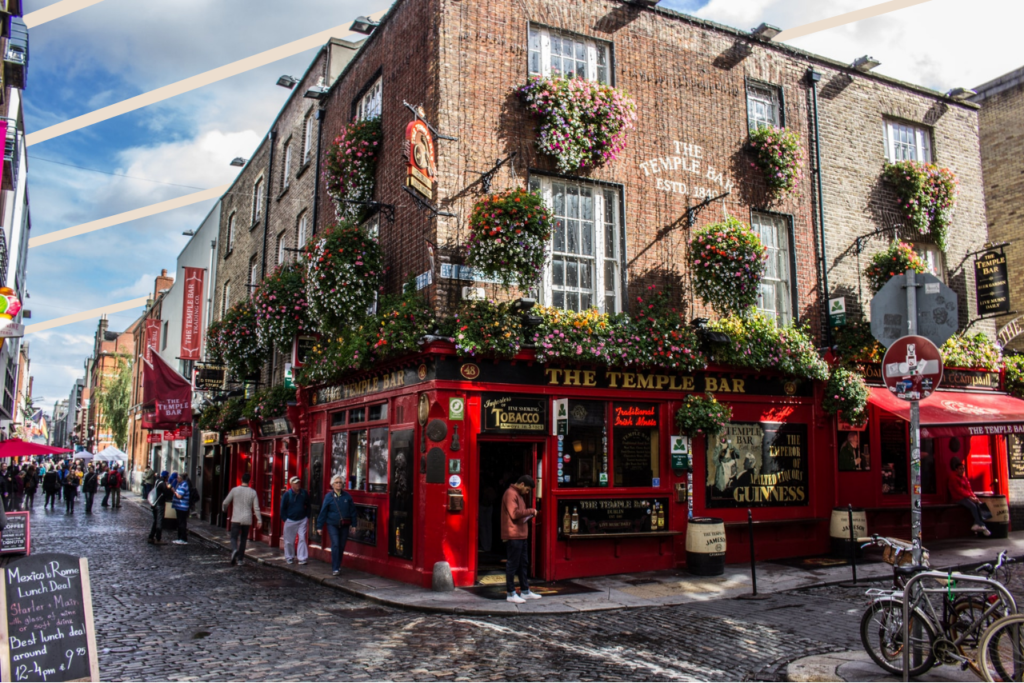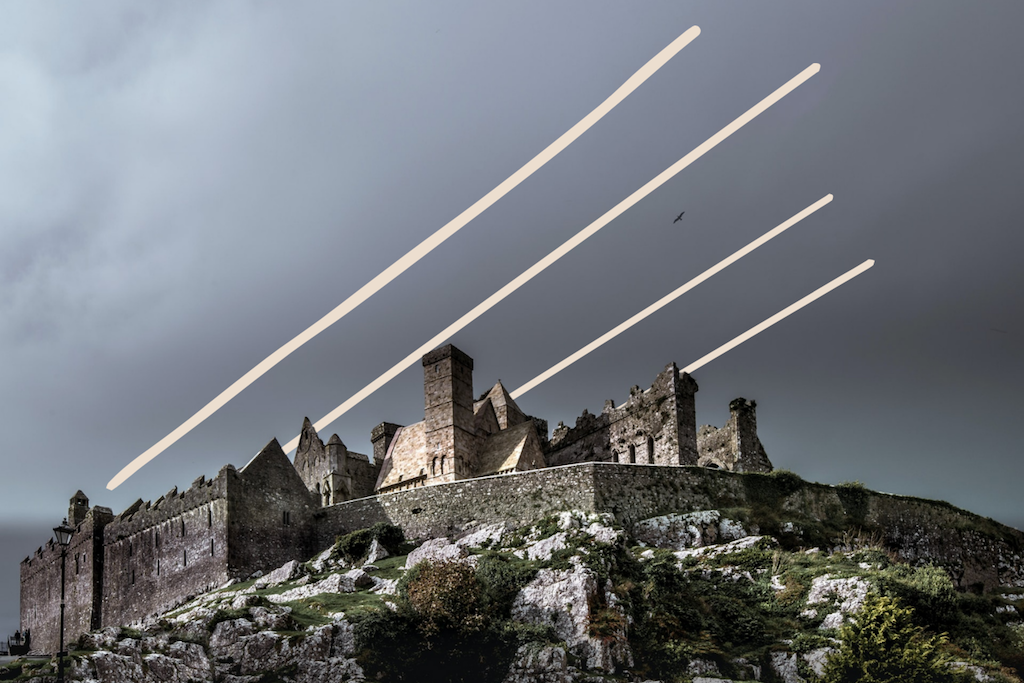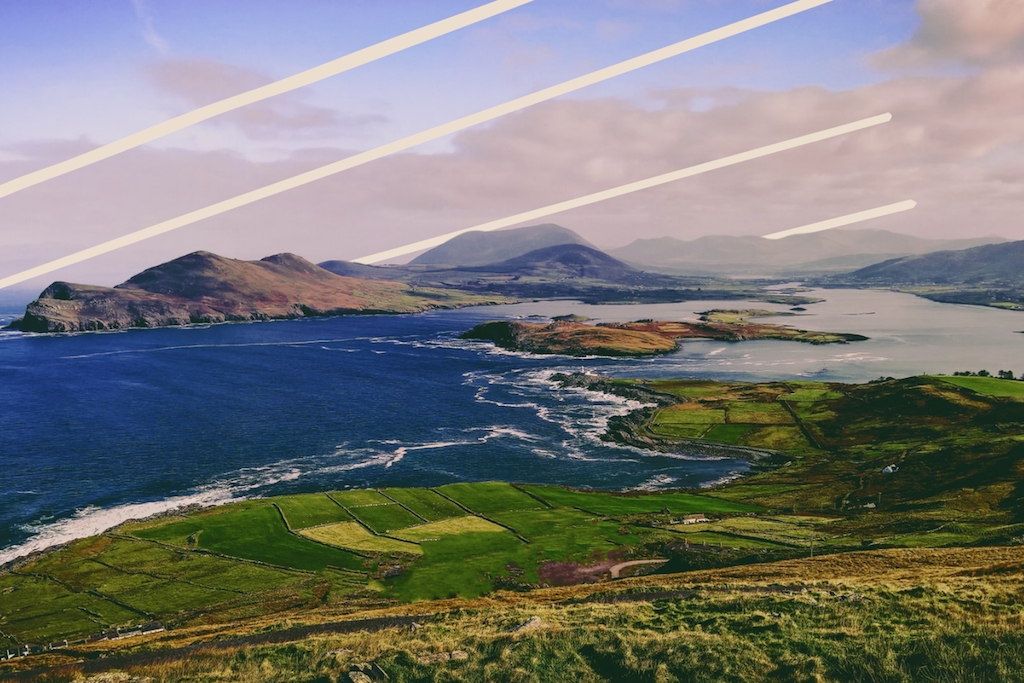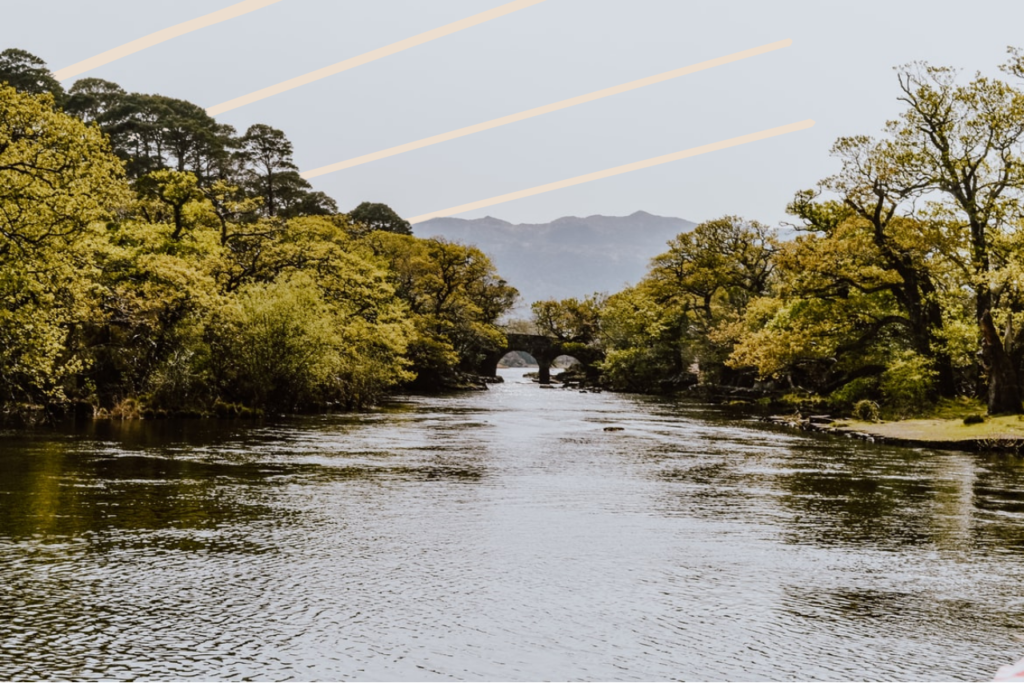With Dry January dispensed with and winter seemingly slowly but surely coming to a close, the world’s intrepid and timorous travellers are beginning to cast their gaze towards the skies and starting to consider their next adventure.
With belts tightening and concern about the impact of long haul flights on the climate growing, many are choosing to holiday a little closer to home for now, and the Emerald Isle is anticipating a major uptick in tourism as Spring begins. In fact, Tourism Ireland recently reported that last year, overseas visitor spend to the country grew by 10%.
If the short, inexpensive flight from London to Dublin (right now, you can fly in an hour and fifteen minutes for just £28 return) then you’re probably wondering how best to get to grips with the essence of this wonderful country. You’ve come to the right place to do just that; here are 9 places to experience the essence of Ireland during a long weekend away.
A Drinker’s Tour Of Dublin
We begin in Dublin, where every night of the week you’ll find fantastic food, flagons of foaming ale and that sometimes elusive, always appealing craic. The Irish capital simply has that x-factor, one which inspires jollity, frivolity and frolics each time you visit.
To appreciate the essence of Ireland, it’s essential to get to grips with its most beloved beverage at the Guinness Storehouse. This is the ultimate brewery experience, telling the tale of Ireland’s famous beer, with brewing tips, tastings and a rooftop bar.
A ten minute stumble away is the Teeling Whiskey Distillery, which also offers tours and tastings, and if you’re keen to continue your deep dive into famous Irish tipples, then another 20 minute’s walk east, you’ll find the Irish Whiskey Museum,
This interactive, ultra-modern whiskey tour offers the chance to learn about (and of course taste) Ireland’s favourite liquor – the uisce beatha, water of life, or as we know it, whiskey. Pack some precautionary paracetamol, we think.
Once you’re armed (it’s unlikely you’ll have legs by this point) with sufficient knowledge about the country’s revered beverage production, it’s time to put those smarts to good practice. You’ll be pleased to hear that our tight little saunter around the Storehouse, distillery and museum has all been focused in Dublin’s Temple Bar district.
Described as the city’s ‘bohemian quarter’, it’s also home to Dublin’s best pubs, including the Porterhouse, Quays Bar and the Temple Bar Pub, which has one of the largest whiskey collections in Ireland. All together now; sláinte is táinte!

The Castles Of County Tipperary
Lovingly restored, lying in ruin, or standing proud against the sometimes harsh elements of the Irish countryside, the scope of castles in Ireland is astounding. A rough estimate puts the number at 30’000, some simply a pile of stones now, but some as majestic and proud as the day they were built.
Whilst you could spend months touring the Emerald Isle checking out its castles, we promised a long weekend here, so it’s best to keep things a little more compact. Fortunately, there are various tours available that take in the very best of the country’s castles in a managed manner, and we’d recommend embracing that spirit and narrowing down your sightseeing trip to just one county. For those wanting a guided experience, an Ireland adventure tour is a fantastic way to explore the country’s historic castles while enjoying breathtaking scenery.
One county particularly blessed with majestic castles is Tipperary, a two hour’s drive southwest of Dublin, and home to at least 21 such structures. The highlight here is perhaps Cahir Castle, one of the largest and best-preserved in all of Ireland. Overlooking the River Suir, it’s an imposing, deeply moving sight to behold.
Even more famous is the Rock of Cashel, whose history stretches back to the 12th Century. Overlooking endless green valleys (known as the Golden Vale), the castle is one of Ireland’s most spectacular archaeological and architectural sights, and a must-visit on your long weekend away in Ireland. You can reach the monument in under two hours by car from Dublin. Alternatively, the 768 bus from Dublin’s Heuston Station to Cashel takes two hours, and leaves four times day.

Read: 5 IDEAL castles to visit on your historic holiday to Ireland
The Ultimate St Patrick’s Day In Armagh
For the most spirited St Patrick’s Day celebration in Ireland, make your way to Kilkenny City. This medieval gem transforms into a five-day festival wonderland each March, offering what many consider to be Ireland’s most family-friendly and culturally rich St Patrick’s Day experience.
The city’s Medieval Mile plays host to a charming artisan market where local craftspeople showcase traditional St Patrick’s Day gifts, from hand-knitted Aran sweaters to delicate silver shamrock jewellery – keeping alive the centuries-old Irish tradition of giving small tokens of luck and blessing on this special day.
The Kilkenny St Patrick’s Festival stands out for its perfect blend of traditional celebration and contemporary culture. The city’s magnificent castle provides a dramatic backdrop to the festivities, which include not just the traditional parade but a full programme of events celebrating Irish music, dance, and storytelling. The narrow medieval streets come alive with street performers, while the city’s famous craft breweries and traditional pubs overflow with music and merriment.
What sets Kilkenny’s celebrations apart is the city’s commitment to showcasing authentic Irish culture. The Medieval Mile Museum hosts special exhibitions during the festival, while the Butler Gallery presents contemporary Irish art. The festival’s trademark event is the ‘Tradfest’ portion, where you’ll find impromptu traditional music sessions in centuries-old pubs and courtyards, offering a more intimate and authentic experience than larger city celebrations.
The History & Architecture Of Cork
It’s not just the Irish countryside that’s blessed with incredible historic architecture; the cities, towns and villages are replete with architectural intrigue, too. The cobblestoned streets of Cork, Ireland’s second-largest city, provide some of the most visually arresting urban planning on the planet.
The city is built on the River Lee and the centre actually sits on an island surrounded by two channels of the river; Cork’s characteristic pastel-hued houses overlook the water and the overall effect is an incredibly romantic one.
Exploring the city centre on foot, then, is a must. History buffs should check out St. Fin Barre’s Cathedral, the Honan Chapel, and nearby Blarney Castle, as well as the English Market, one of the world’s oldest.
There’s also plenty of opportunity to get to grips with the essence of Irish history and culture at the city’s famous museums, the Cork Public Museum and the Cork City Gaol, a former jail turned museum. Finally, you can’t leave the city (well, you can) without ringing the Shandon Bells at St. Anne’s Church.

The Craggy Coastlines Of Ireland’s West Coast & The Wild Atlantic Way
The city of Cork is a wonderful place to visit in itself, but it also represents the gateway to the dramatic scenery of Ireland’s South and West Coast. Your starting point for exploration of the craggy, rugged and utterly bewitching coastline should be Mizen Head, a two hour’s drive southwest of Cork, and Ireland’s most southerly point.
If you’re looking to take a longer road trip instead of a quick weekend break away, consider exploring the entire Wild Atlantic Way, a coastal highway that stretches all the way from Kinsale in County Cork (on the south coast) to Donegal in the north, and comprises around 2’500 km of road.
There are countless places worth stopping at, including Sligo (which was one of Yeats’ greatest inspirations), Connemara, Galway, and Kinsale.
If you don’t have a car, fear not; there are plenty of trains in Ireland that traverse the Wild Atlantic Way. In fact, in many ways, exploring this iconic route by train is the best way to appreciate its beauty. And with Tourism Island currently promoting the idea of ‘Slow Tourism’ in Ireland (as in, sans car) there really has been no better time to hop aboard!

The Rugged Splendour Of Killarney National Park
Along the route known as the Wild Atlantic Way is another of Ireland’s true gems, Killarney National Park, in County Kerry. This was Ireland’s first ever national park, deemed so in 1932, and a UNESCO designated Biosphere Reserve since 1981.
But more than that, Killarney National Park, and its surrounding Ring of Kerry, is perhaps the finest visual rendition of the characteristic countryside that gave Ireland its nickname, the Emerald Isle. Covering over 25’000 acres, the park includes the world famous Lakes of Killarney, as well as mountains, waterfalls, and, of course, the odd castle thrown in for good measure!
Another fantastic example of rugged Irish landscapes at their finest is also found on the Wild Atlantic Way, in the shape of Connemara National Park. Check out our guide to it here.

The Folk Music Of Galway
We couldn’t finish up our pursuit of the essence of Ireland without getting down to some traditional Irish folk music. Neither could we head back to London without first having visited Galway, the festival capital of Ireland and a place which wears the pursuit of good times and great music proudly on its sleeve.
Galway has several fantastic old school pubs that play host to nightly performances from local bands. Taaffes Bar and Tig Choili are two of the best of their kind in the country, featuring concerts each and every night, but in Galway, all you have to do is wander the streets and keep your ears open, particularly in the Latin Quarter, to hear buskers and bands on the fiddle, flute and whistle, accordion, and pipes.
Ideal tip: The Irish language is largely spoken in County Galway. In fact, it has the highest percentage of Irish speakers of all administrative counties. When you’re here, learn a little Irish and say dia duit upon greeting a person or wish them good luck with a cheerful adh mor ort!
The Cliffs Of Moher’s Lesser-Known Neighbour
While the Cliffs of Moher draw millions of visitors annually, the equally dramatic Loop Head Peninsula in County Clare offers a less crowded but equally stunning alternative. This windswept headland, jutting out into the Atlantic Ocean, provides a raw, authentic Irish coastal experience that many argue surpasses its more famous neighbour.
The Loop Head Lighthouse, standing sentinel since 1854, offers panoramic views across the Shannon Estuary and Kerry Mountains. But the real magic lies in the rugged walking trails that skirt the peninsula’s edges, where you’ll find natural bridges, blowholes, and dramatic cliff formations that rival anything on the Irish coast. The Bridges of Ross, a remarkable natural sea arch, provides a photographer’s paradise, especially during sunset when the Atlantic waves crash against the rocks below.
What makes Loop Head truly special is its preservation of traditional Irish coastal life. The tiny fishing village of Kilbaha, the peninsula’s westernmost settlement, still operates as it has for generations. Here, you can enjoy just-caught seafood at the local pub whilst chatting with fishermen who know every mood of the Atlantic. During summer months, you might spot dolphins playing in the estuary or seabirds nesting in the cliffs, making this hidden gem a nature lover’s paradise.
Experience The Essence Of Ireland In London
Back in London, you can still experience the essence of Ireland. Rather than keep you here too long (your Guinness is losing its head), we’ll redirect you to these 6 IDEAL ways to be transported to Ireland without leaving London. Happy travels!
Always check the entry requirements of your destination before planning a holiday.





